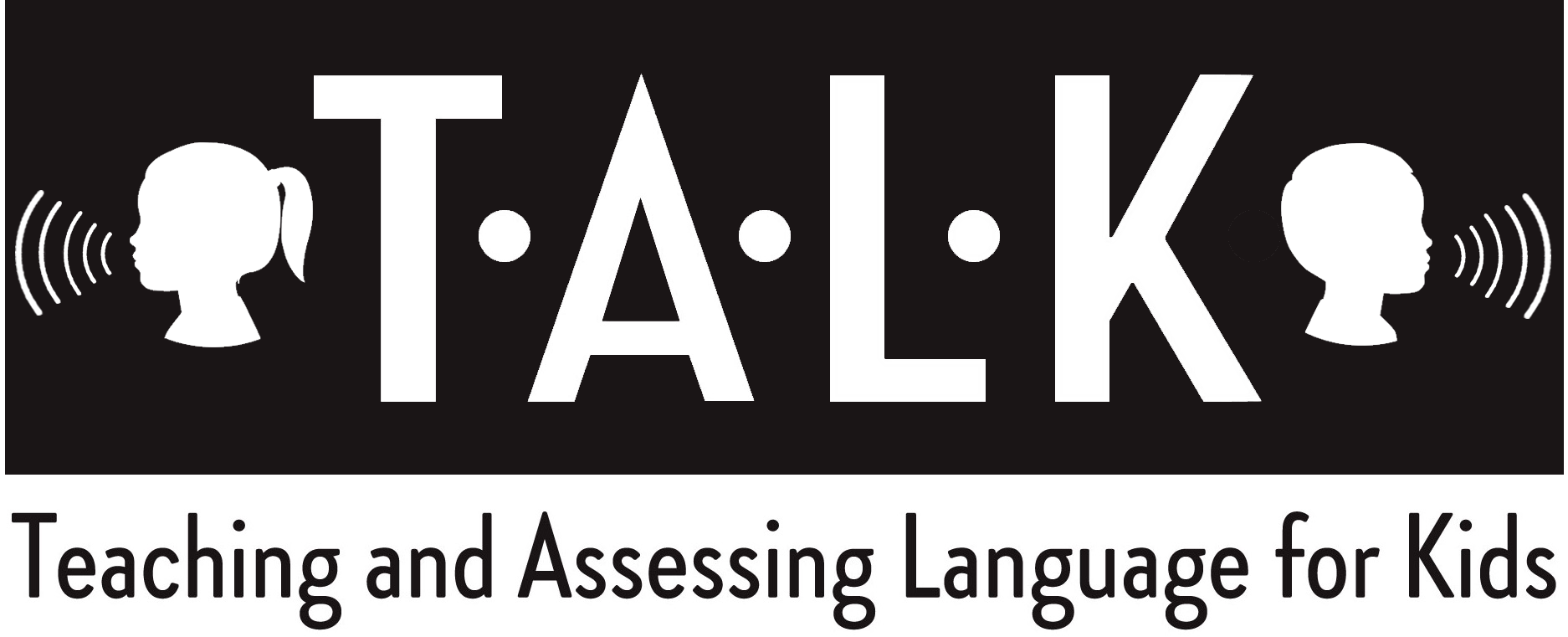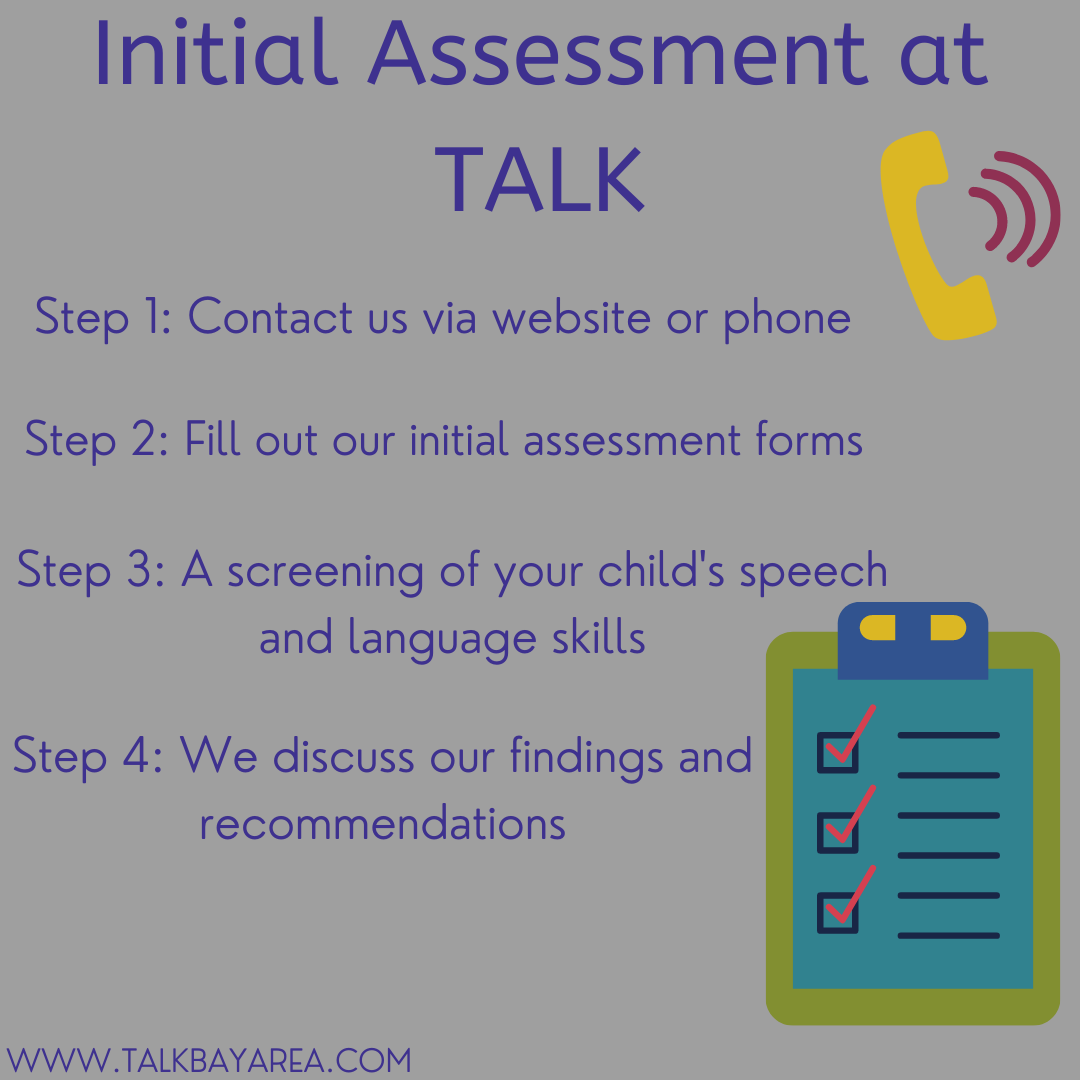It’s a typical Monday evening. You’re making three completely different dinners: one for you, one for your eight-year-old, and one for your four-year-old. How did dinner end up like this? How can we change this?
Begin by recognizing that eating is one of the most complex things our bodies do! It involves all of our senses and so many of our organs and muscles. Many people think that if a child is hungry enough, he will eat – wrong! Eating is not the body’s #1 priority, nor is it instinctive after about 6 months. So what do we do?
Involve children in meal preparation. Even young children can wash, dry, and mix foods. This gets them seeing, touching, and smelling foods without the pressure of eating.
Set a mealtime routine. The beginning of the routine can be a quick heads up that the meal is about to begin and a transition activity (e.g., washing hands). The middle portion of the routine is the meal. The end is cleaning up. Even young children can throw one piece of each food away (or in the compost!) and bring dishes to the sink.
Encourage children to stay at the table during family meals and serve food family-style. Start by passing around a food your child likes and then begin passing around other foods. Encourage him to serve himself a little bit of each food. Whether or not he eats the food, he gets to see it, interact with it, and is involved in mealtime conversation.
Talk about the foods (e.g., color, taste, size, texture) and model good eating behaviors. Provide a “learning plate” if your child doesn’t want to put each food on his own plate. Praise your child for trying new foods. Remember that even smelling, kissing, licking, or biting and spitting out is trying a food! The focus of the entire dinner conversation shouldn’t be food, but it helps to talk about what kids are eating and doing throughout the meal.
Don’t let mealtimes drag on. Meals generally shouldn’t be longer than 20-30 minutes and the kitchen should be “closed” aside from water until the next snack or meal.
Don’t bribe kids to eat by offering highly desirable foods as rewards. This makes kids think the new food is horrible. If Dad’s giving me chocolate ice cream for dessert, this broccoli must be super gross! Likewise, don’t use screen time at the table. Screens distract kids and take the focus off of the food itself. Remember, eating is a social activity!
If you have any questions or suspect your child may need some additional feeding help, please contact your pediatrician, a Speech Pathologist, or an Occupational Therapist. You can also read more about feeding on the SOS Approach to Feeding website: https://sosapproach-conferences.com/.
Source: SOS Approach to Feeding – When Children Don’t Eat: Picky Eaters vs. Problem Feeders (Toomey & Associates)










































